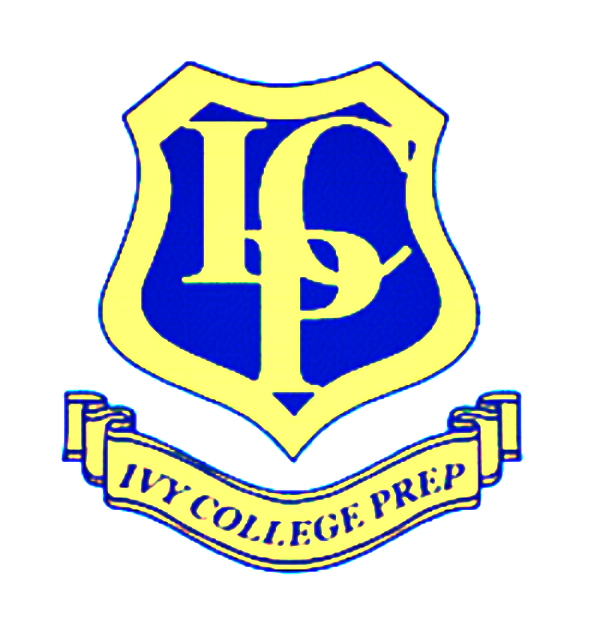When the Wall Street Journal surveyed top corporate recruiters who hire more than 43,000 new university graduates a year, the answer as to where the recruiters found the most promising graduates warranted consideration. These companies are putting their recruiting money where their mouths are. (To get a better sense of this you can find the article at http://online.wsj.com/article/SB10001424052748704358904575477643369663352.html.) Their top five schools were all large public universities: 1. Penn State; 2. Texas A&M; 3. University of Illinois; 4. Purdue University; and 5. Arizona State. All admit over 50% of their applicants, with Arizona State admitting a whopping 90%. How in the world could these recruiters be so enamored with students from institutions that appear to be so unselective?
One answer offered by Zac Bissonnette in his Debt-Free U (Penguin Books, New York, 2010) is a good student can get a good education just about anywhere. When you have a campus with over 15,000 students enrolled, statistically there will be a critical mass of smart, studious students to draw upon. A lot of these students, in many cases, have the qualifications many top employers seek. At Arizona State, many of the professors also have research and other connections with the recruiting companies; such accommodations help these public universities gain an edge for their graduating students.
While gaining employment is a solid reason to consider public universities, another is that public school costs are subsidized by the state. Consequently, the return on investment (ROI) for going to a public school, in most cases, is much higher than the ROI of a private school. The March 2009 Business Week, which considered the ROI of undergraduate business programs noted, “While the top-ranked private schools such as No. 2 Notre Dame and No. 3 Wharton get all the attention, it’s the big state schools (and their lower tuition costs) that fare the best on this measure.” In the article Business Week divided the average starting salary for a business major student by the total tuition and fees: public school grads took home almost $6 for every dollar spent, while private school grads received just under $1.90.
Undoubtedly, getting value for your educational dollar is very important. Yet, don’t private schools better meet student expectations than public ones? In a Noel-Levitz survey conducted in 2007, over 400,000 students from more than 740 institutions, including 4-year private, public, and 2-year colleges, were asked if they were satisfied with their college experience, and if they had the opportunity to re-enroll would they? The percent satisfied at the 4-year public and private schools was a statistical tie at 52% and 53% respectively. The likelihood of re-enrollment question was also extremely close with 56% and 59% saying yes for public and private schools. In essence, both public and private students appear almost equal in their satisfaction with their respective schools.
Another consideration for many students when selecting a school is the number of strong departments across a range of majors. Approximately 80% of students will change their majors (often more than once) sometime during their undergraduate career. Attending a large public research university will have the latitude to accommodate this. There are private universities (certainly Boston University comes to mind with its 18,000 undergraduates and well over a 100 majors) that can, but generally most private schools are smaller and don’t have the scope to offer a wide selection of majors and departments found in public research universities.
Arguments supporting going to a private or public research university abound. The final decision, of course, is yours. The key is to make it rationally. You want to have a valuable and edifying undergraduate experience while, at the same time, not ending your undergraduate years with thousands of dollars of debt. Choose wisely and be aware of the costs and benefits of all the schools on your list.
공립대와 사립대학 비교
리쿠르터들은 공립대 선호한다
공립대 (주립)가 투자가치에서 우수하다
학생들의 만족도와 전공변경에서도 공립대가 우수하다
Wall Street Journal이 매년 43,000이상의 신입사원을 모집하는 최고 기업의 리쿠르터들을 조사한 결과는 졸업생들에게는 고려할 가치가 있다. 이 회사들에서는 이 전문가들의 말에 따라 신입사원 채용의 비용을 쓸 것이기 때문이다. (자세한 자료는 웹싸이트http://online.wsj.com/article/SB10001424052748704358904575477643369663352.html.) 에서 알 수 있다). 이들이 추천하는 탑 5 의 학교들은 모두 큰 공립대학들이다: 1. Penn State; 2. Texas A&M; 3. University of Illinois; 4. Purdue University; and 5. Arizona State. 이들 대학의 응시자들 중에서 50%이상의 사원을 뽑았으며, Arizona State 에서는 응시자의 90%가 입사했다. 어떻게 명문대가 아닌 대학에서 이렇게 많은 신입사원들을 뽑는 것일까?
한 가지 대답으로 Debt-Free U (Penguin books, New York, 2010)을 쓴 Zac Bissonnett는 좋은 학생들은 어디에서나 좋은 교육을 받을 수 있다는 점이다. 여러분이 15,000명이 넘는 학생 수의 대학에서 잘 하려면 똑똑하고 열심이어야 한다. 이런 학생들은 리크루터들이 찾는 자격을 갖추고 있다. Arizona State에서는 많은 교수들이 회사와 협력 리서치를 하고 있다; 이런 편의성은 이 대학졸업생에게는 혜택이 따르는 것이다.
취업률이 좋다는 점이 공립대의 한 가지 장점이며, 또한 공립대는 주정부의 보조를 받는다는 점이다. 그래서, 투자환수(ROI)가 사립대보다 우수하다. March 2009 Business Week에는 경영대학의 투자환수에 대해 알려주고 있다; 우수 사립대 (No. 2 Notre Dame and No. 3 Wharton)가 관심의 초점이 되는 반면, 큰 주립대학들은 좋은 대우를 보장한다. 이 잡지의 기사에서 경영학 전공자들의 평균 봉급을 비교하고 있다: 공립대는 $1투자에 따른 $6를 받는 반면, 사립대는 $1.90 아래였다.
교육투자에 대한 가치도 중요하지만, 여러분은 공립대와 사립대를 비교하며 어느 쪽이 여러분의 기대에 부응할 지 고려해야 한다. 2007년도 Noel-Levitz조사에서 4년제와 2년제를 합하여 740개의 대학으로 진학한 400,000명이 넘는 학생들을 조사하였다. 그들의 대학 만족도와 만약 기회가 주어진다면 다시 졸업한 대학에 등록할 것인가?에 대해, 만족도는 4년제 공립대와 사립대는 각각 52%와 53%였다. 재등록할 비율은 56%와 59%이었다. 결론적으로 만족도는 비슷한 결과이다.
또 한가지 고려할 점은 다양한 전공의 우수한 학과이다. 왜냐면, 80%의 신입생들이 한 번이상 전공을 바꾸기 때문이다. 그렇다면, 큰 공립대학 재학생은 이런 경향을 만족시킬 자유가 있다. 물론 큰 사립대( 18,000명이 재학하는 Boston University)도 있지만, 보통 사립대학은 선택의 폭이 넓지 않다.
사립대냐, 공립대냐, 의견은 분분하다. 당사자인 여러분이 결정해야 한다. 열쇠는 이성적으로 해야 한다는 점이다. 진정 가치있고 품격높은 교육과 동시에 수천달러의 빚을 지고싶지 않다면, 현명하게 선택해야 한다.

